Plerandra elegantissima
There are some houseplants out there that take a bit of extra work to keep happy, but they’re so beautiful that they’re worth it. False aralia is one of those plants.
With its elegant (it’s right there in the botanical name!) foliage that resembles dark-colored lace or tiny feathers, it’s instantly recognizable.
While it’s sometimes mistaken for marijuana or a finely serrated Japanese maple, it has a look all its own that never fails to draw comments.
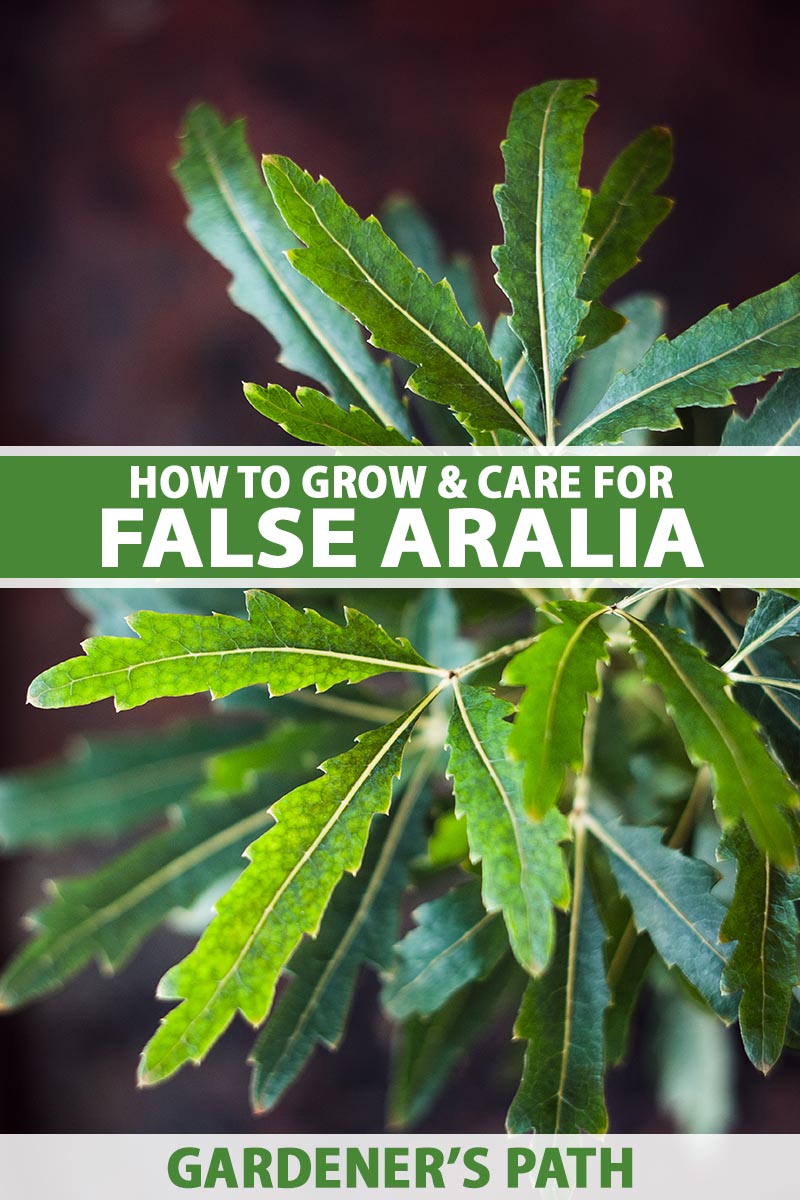
We link to vendors to help you find relevant products. If you buy from one of our links, we may earn a commission.
While they may not be the easiest plant to grow, they aren’t all that difficult either. You just need to be sure to give them a few specific conditions that they crave, including high heat and lots of humidity.
To bring you up to speed on what these plants need, here’s what we’ll discuss coming up:
What You’ll Learn
Ready to add this tropical beauty to your home? Let’s not wait one minute more to jump in!
What Is False Aralia?
Plerandra elegantissima is a pretty distinctive little plant. The leaves have heavily toothed edges and the coloring can be copper, burgundy, or medium green, or a mix of all three, depending on the cultivar and the amount of light it receives.
If, at first glance, you look at it and ask yourself if it’s related to pot plants or Japanese maples, you are in good company. The leaves do have a similar shape and you’re not the first person to wonder.
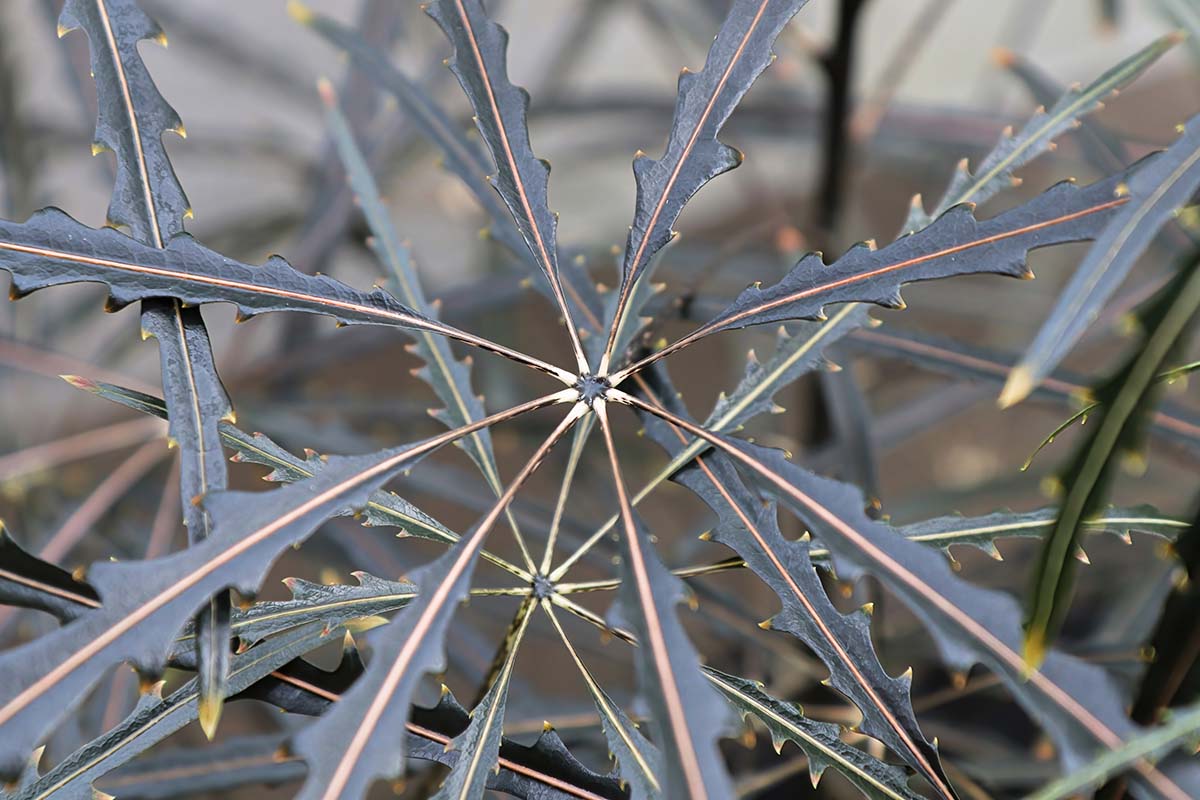
Native to New Caledonia, this plant sometimes goes by the name threadleaf, spider, or finger aralia.
You might be wondering what a “real” aralia is, if this is a false one.
Aralia is a genus of plants commonly known as spikenards. P. elegantissima has foliage that looks somewhat similar to a few of the species in this genus – if you squint a little.
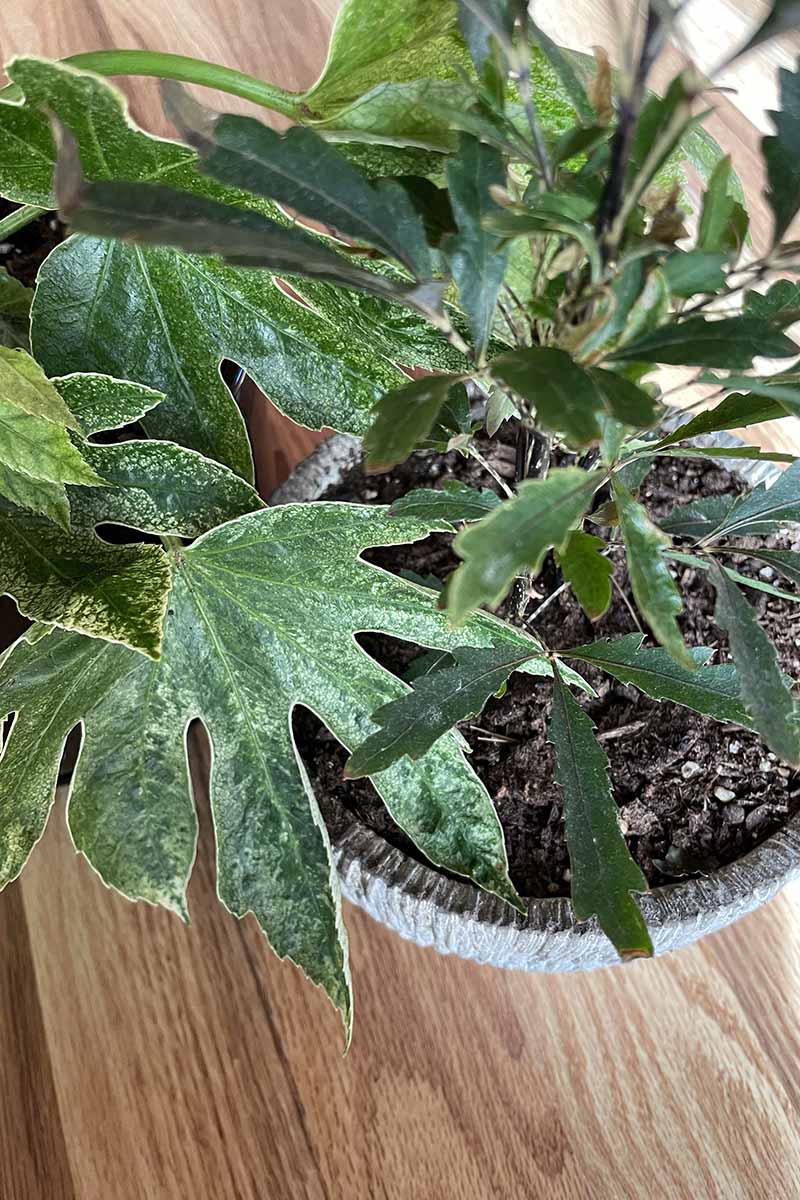
Most gardeners in the US opt to grow this beauty as a houseplant, but in USDA Hardiness Zones 11 and 12, and in Zone 10 in protected areas, it can be grown outside, where it may grow to be much larger than it typically would indoors.
In their native home, these trees can grow up to 50 feet tall. Inside, they rarely grow taller than six feet.
As the plant matures, the leaves change. They usually become longer and more heavily lobed. And as the trunk matures, it becomes woody, while young stem growth is soft.
Cultivation and History
The first false aralia was introduced to the Western World in 1873 at what is now known as the Chelsea Flower Show in London by horticulturist John Gould Veitch.
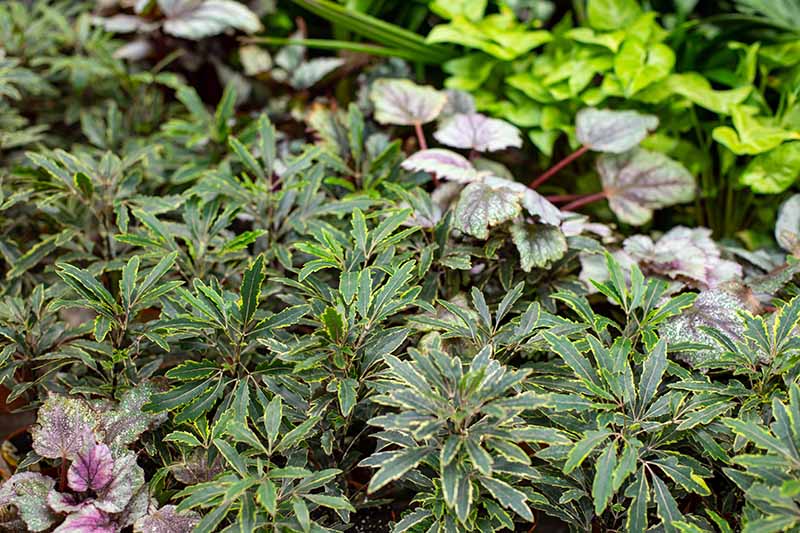
Through the years, it has been included in the genera Ariala, Dizygotheca, Schlefflera, and Plerandra. It remains classified in the final group today.
Sadly, though this species has grown in popularity as a houseplant, it is nearing extinction in its native New Caledonia because of habitat loss. It is currently on the International Union for Conservation of Nature’s red list.
Propagation
You can grow false aralia from seed or from cuttings, though neither method is particularly reliable. That’s probably why most people simply opt to purchase a plant.
From Seed
Outdoors, false aralias produce fleshy fruits with textured, orange skin. Inside the plum-colored flesh, you’ll find seeds at the center. You can either remove the seeds from the fruits yourself, or purchase them from a reliable source and sow them in a seed-starting medium.
Soak the seeds for 48 hours in lukewarm water and then drain. Place the seeds in a mixture of equal parts sphagnum moss and sand inside a sealable bag or jar.
Keep the medium moist until the seeds germinate, which may take up to five weeks. The temperature should be around 70 to 75°F, and the seeds should be placed somewhere with bright but indirect light.
When the seeds sprout, plant each one a quarter-inch deep in a four-inch container filled with seed-starting mix. Keep the mixture moist but not wet, and continue to maintain the same temperature and light exposure that the seeds were germinated in.
Once the seedling has formed a true few leaves and is several inches tall, you can transplant it as described below.
From Cuttings
Spider aralia propagates well from softwood cuttings, and this process should be done in the spring.
So long as your plant is over two years old, you can take a cutting by snipping about nine inches from the end of a stem. This wood should be soft and green, not hard and brown. Make the cut at an angle, and remove the leaves from the bottom half.
Dip the cut end in rooting hormone powder and insert the cutting into a four-inch container filled with a seed-starting medium so the bottom few inches are submerged. Ideally, the medium should include a mixture of sand, perlite, and moss or coco coir.
Just take a peek at the label to see what ingredients the manufacturer includes and look for some or all of these. Something like Tank’s Pro-Lite Seeding mix is ideal.
You can grab a 16 quart bag at Arbico Organics.
Water the medium so it feels like a well wrung-out sponge.
Mist the plant with water several times a day, or place a tent of plastic or a glass cloche over the cutting.
New roots should form within a few weeks. The plant will resist if you give it a gentle tug and new leaf buds may have formed as well.
From Seedlings/Transplanting
The easiest way to get your hands on a false aralia of your very own is to simply buy one. You can usually find them at home goods stores or nurseries.
Once you bring your plant home, isolate it for a few weeks to make sure that you aren’t bringing home any pests as well.
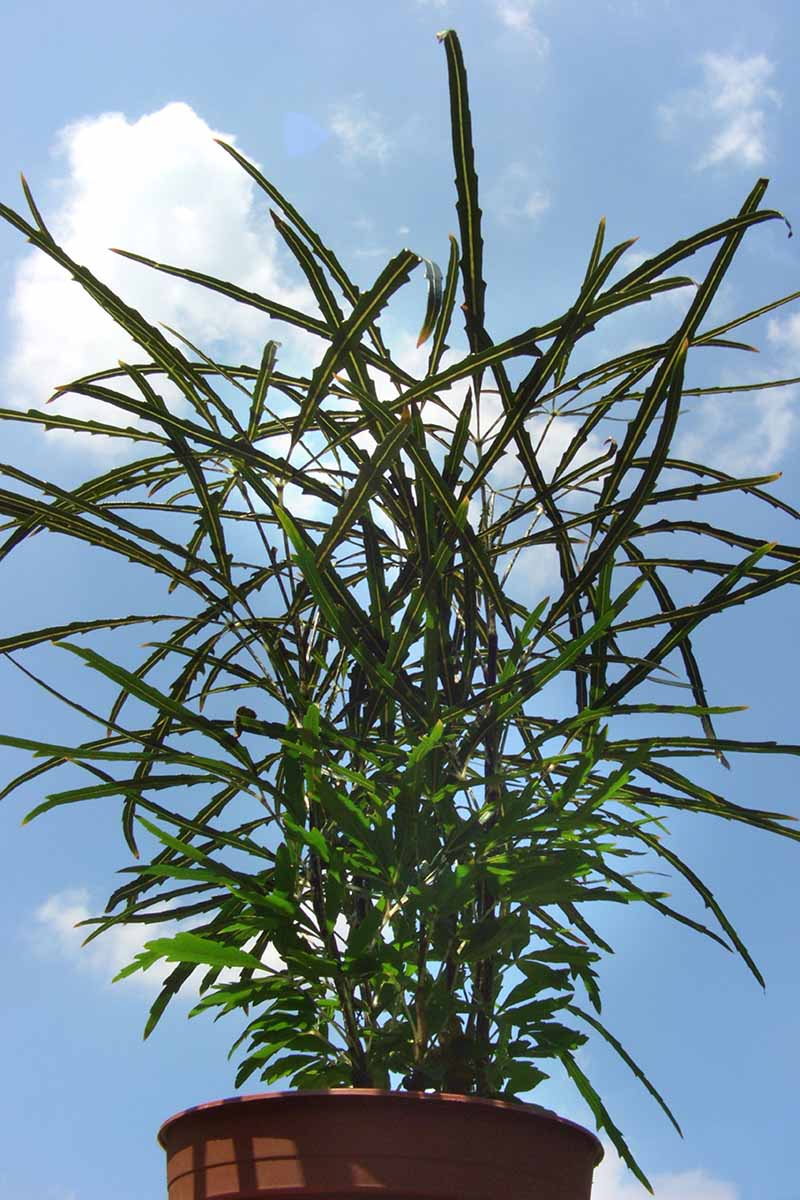
When you’re ready to transplant it from the nursery container to a decorative pot. Choose a pot that is one size up from the existing container and that has good drainage.
Put a layer of fresh potting soil in the bottom so the plant will ultimately be sitting at the same height it was in the nursery pot.
The potting mix that you use should be made with three parts standard potting mix and one part sphagnum moss. It doesn’t hurt to add a handful of rice hulls or vermiculite, either.
Then, gently remove the plant from its container and loosen up the roots a bit. Place it in the new container and fill in around the roots with fresh potting soil.
Soak the medium with water until it runs out of the drainage holes. Add more soil if the medium settled when you watered it.
How to Grow False Aralia Plants
Finding the right balance of light to provide these plants can be tricky, but it’s the key to a nice display.
P. elegantissima needs bright, indirect light but no direct sun should hit the leaves at any point during the day. However, you don’t want to provide too little light either, because the foliage tends to become dull green in low-light conditions.
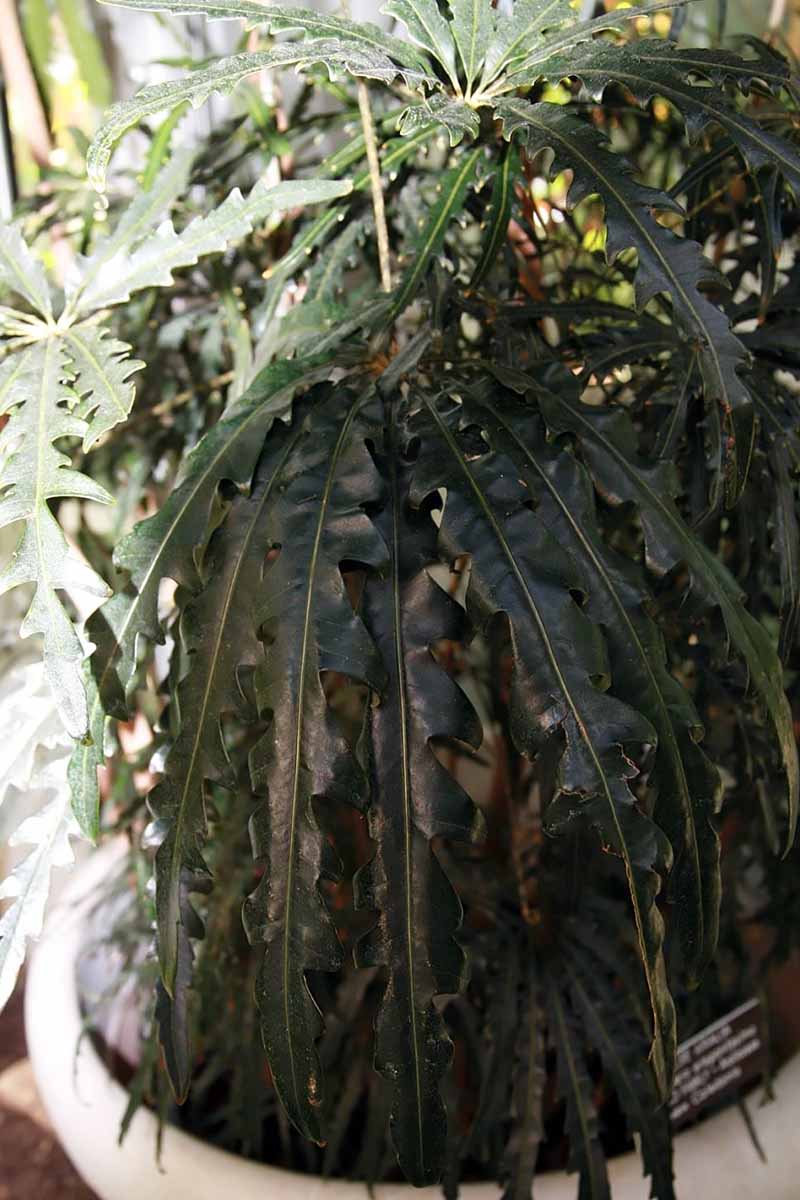
Bright light can result in dark green foliage, and in the case of red-leaved cultivars, the red will be more pronounced than you would see in low-light conditions.
Watering is the other area where you’ll need to find a good balance. This plant will die fairly rapidly if you overwater it, but it will also struggle if you underwater it.
Assuming you’re using a pot with excellent drainage and a suitable potting mixture as described above, aim to water when the top inch of soil has completely dried out.
Stick a finger into the soil. If it feels dry up to your first knuckle, pull the watering can out.
This is one of those plants that will let you know it’s unhappy by dropping leaves. If you give it too much or too little water, don’t be surprised if some of the older leaves fall off.

The same might happen if you move it frequently or allow it to experience temperatures below 55°F. Low humidity also causes leaf drop.
Ideally, this plant should always be nice and toasty. More than many other houseplants, it can’t handle a chill. Anything below 65°F is probably too cold for your little pal.
This isn’t just a matter of the air being too cold, but humidity is generally lower in colder weather as well. And false aralia just loves to hang out in locations with lots of humidity.

So whatever you have to do to raise the humidity in your home, do it. A tray filled with water and pebbles placed beneath the pot, grouping plants, using a humidifier, or a combination of these might be necessary.
Once a month, feed it with a houseplant-specific fertilizer diluted by half.
Lately, I’ve been loving The Grow Co.’s houseplant fertilizer because it’s made with all-natural ingredients and it’s balanced just right to make my plants happy.

Organic Indoor All-Purpose Plant Food
Pick some up at Amazon in eight ounce containers.
Growing Tips
- Place in bright, indirect light
- Maintain high humidity
- Water when the top inch of soil is dry
- Don’t let temperatures drop below 65°F
Pruning and Maintenance
This plant isn’t a fast grower, so you won’t have to worry about pruning or repotting very often.
Every three years, upgrade the pot one size. If your plant hasn’t grown that much, you won’t need to go up a size, but you should still replace the potting medium because it tends to degrade over time.
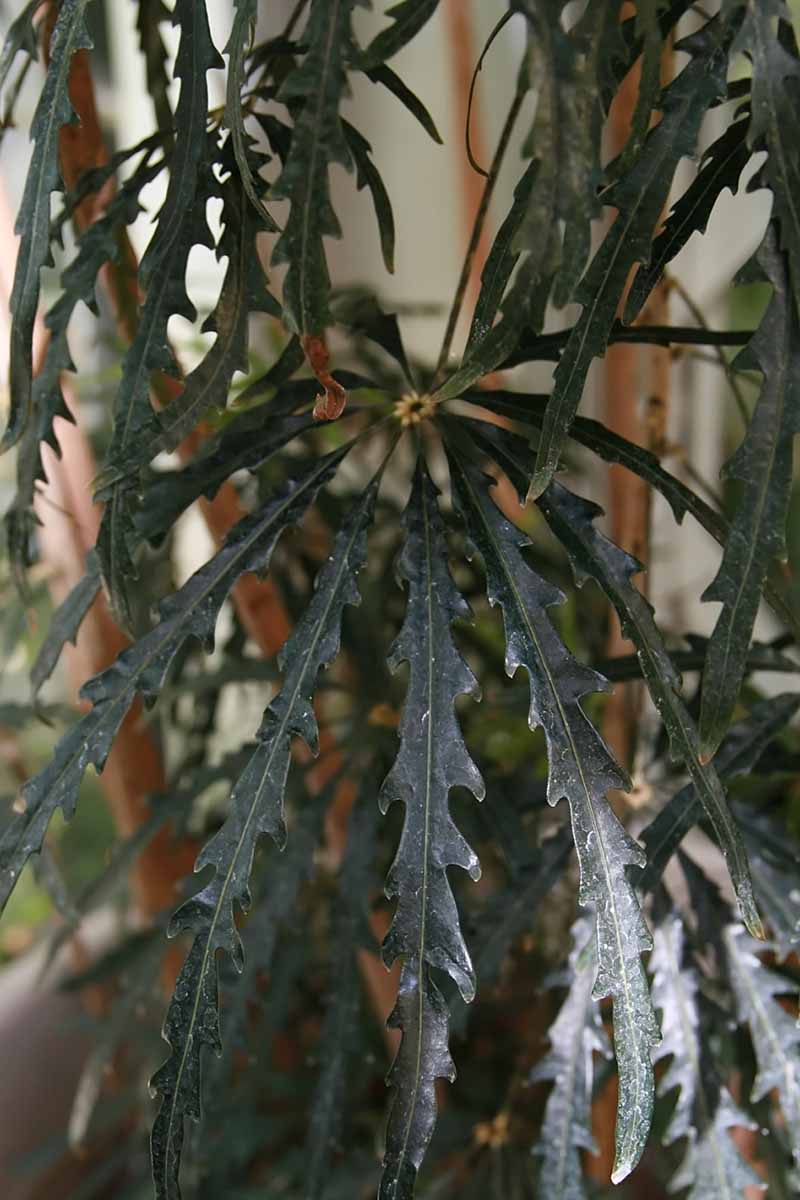
To repot, remove the plant and knock away as much soil as you can. Tease the roots apart and then repot in fresh potting soil.
Pruning is simply a matter of removing dead or yellowing leaves. If you want to discourage the plant from growing much taller, you can pinch off the tip of the stem.
Cultivars to Select
There aren’t a ton of cultivars out there, and a lot of plants are simply sold under the generic common name or botanical name, like this one that’s available in a three-gallon pot from Plant Vine via Amazon.
Specialty nurseries might carry some of the wonderful variations that are out there, which include variegated types and even some with violet foliage.
All of the cultivars described below grow to be about the same size as the species plant.
Bianca
‘Bianca’ has yellow-edged, wide leaves with less distinct lobes. The leaves are wider than those of most other cultivars.
Galaxy
False aralias typically have distinctly divided leaves, but the divisions on this cultivar are less prominent. The leaves are shiny and dark green.
Gold Crest
This cultivar definitely lives up to its name. The leaves on ‘Gold Crest’ are edged in golden yellow, and the foliage is particularly feathery in appearance.
Olympia
The leaves on ‘Olympia’ are dark red, nearly violet.
Variegated Galaxy
This cultivar looks exactly like ‘Galaxy’ except the leaves are edged in creamy yellow.
Managing Pests and Disease
Some plants can shrug off a problem without much damage (we’re looking at you, cast-iron plants), but false aralias are less sturdy.
You need to keep an eye on yours for any signs of pests or disease so you can act quickly.
Insects
There are several insects that make it their business to feast on houseplants, and they all love to nibble on false aralia.
Aphids
I know I might be going out on a limb here, but I don’t like aphids. They’re an important food source for lots of other animals, but on my houseplants, they’re just trouble.
False aralias are somewhat tender when it comes to insect infestations. Since aphids can reproduce rapidly, they can quickly overwhelm a plant.
Aphids feed by sucking the sap out of plants, and they secrete a substance called honeydew that attracts ants and sooty mold.
You’ll notice the tiny pests crawling around on the plant, as well as yellowing leaves and stunted growth. Leaves may even drop if an infestation is large enough.
The green peach aphid (Myzus persicae) is the most common species found indoors, but there are lots of others.
Our guide to identifying and eradicating aphids can help you to keep the situation under control.
Mealybugs
The symptoms of a mealybug infestation look the same as an aphid infestation, but the bugs themselves look entirely different.
Mealybugs, from the family Pseudococcidae, are covered in a waxy, cotton-like coating and are much larger than aphids. They cluster together on the stems and near where the leaves meet the stem.
If you don’t look too closely, they may seem to resemble a fungal infection rather than a bunch of insects.
Read our guide on controlling mealybugs to learn how to deal with these common pests.
Spider Mites
Red spider mites (Tetranychus urticae) prefer dry, dusty conditions, so if you’re watering your plant well and keeping the area humid, you’re less likely to have to deal with them.
Still, keep an eye on your plant for signs of an infestation, like yellowing or dropping leaves or fine webbing.
If you spot signs of these spider relatives, it’s important to take quick action. Spray your plant off in the shower or tub to knock the pests loose and then isolate your false aralia.
Then, pop on over to our guide to dealing with spider mites for more information.
Disease
There’s one common disease that can kill your false aralia quickly, and that’s root rot.
Root Rot
Root rot can be caused by two different things.
The first cause is an infection via one of several different water mold or fungal pathogens belonging to the Pythium, Phytophthora, Rhizoctonia, or Fusarium genera. And the second is by suffocating the roots with too much water, either because of overwatering or poor drainage.
If soft, brown spots form on the leaves, or the foliage starts to drop and it isn’t caused by the pests or environmental factors described above, check the soil. Does it feel wet? It’s likely root rot.
For our purposes, it doesn’t matter which is the cause because you’ll need to treat for both.
Right away, you need to remove the plant from its container and wash away all of the soil. Then, trim away all of the dead or mushy roots. Next, clean the container with a solution of one part bleach and nine parts water.
Repot the plant.
Now, you’ll need to treat the soil with a product containing Bacillus subtilis.
CEASE contains this powerful biofungicide, which will knock out any pathogens plaguing your plant. Follow the manufacturer’s directions for soaking the soil.
You can pick up a gallon or 2.5-gallon container of CEASE at Arbico Organics.
Learn more about preventing and treating root rot here.
Best Uses
False aralia can be grown as an indoor tree or as a small bush. You can grow just one plant with a single trunk, or pot multiple plants together for a fuller look.
Quick Reference Growing Guide
| Plant Type: | Woody tropical evergreen | Flower/Foliage Color: | Green with bronze, yellow, red |
| Native to: | New Caledonia | Tolerance: | Low light (some varieties) |
| Hardiness (USDA Zone): | 11-12 | Maintenance: | Moderate |
| Exposure: | Bright, indirect light | Soil Type: | Potting soil with sphagnum moss and rice hulls/vermiculite |
| Time to Maturity: | Up to 15 years | Soil pH: | 6.0-7.5 |
| Planting Depth: | 1/4 inch (seeds), same level as original container (transplants) | Soil Drainage: | Well-draining |
| Height: | 6 feet | Uses: | Potted specimen |
| Spread: | 4 feet | Order: | Apiales |
| Growth Rate: | Slow | Family: | Araliaceae |
| Water Needs: | Medium | Genus: | Plerandra |
| Common Pests and Diseases: | Aphids, mealybugs, spider mites; root rot | Species: | Elegantissima |
False Aralias Are Worth the Effort
False aralias aren’t the easiest plants to raise, but you can do it! They’re well worth the effort. The foliage is unlike that of any other houseplant, and they add texture to your space that can’t be rivaled.
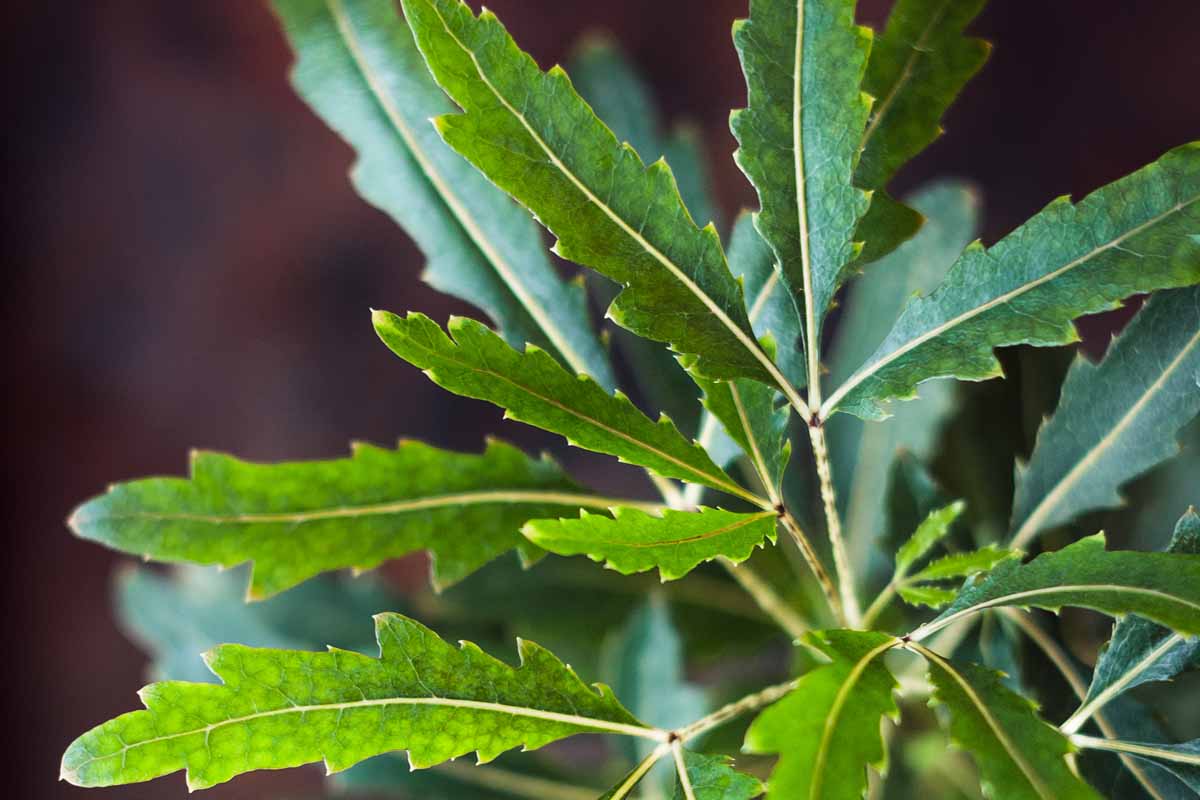
Now that you know the tricks to taking care of them, we have every confidence that you’ll find success.
But if you do happen to run into trouble, come back and share your struggles in the comments section below. We’re happy to help out.
If you’re hoping to expand your indoor jungle, you might be interested in reading a few of our other guides to growing houseplants, starting with these:
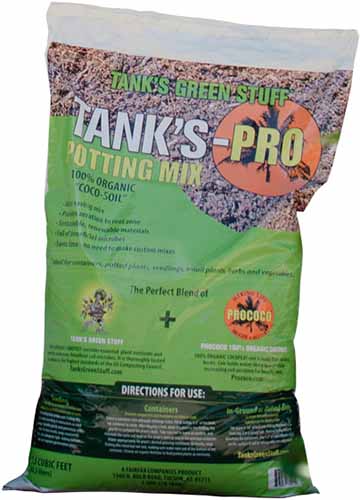
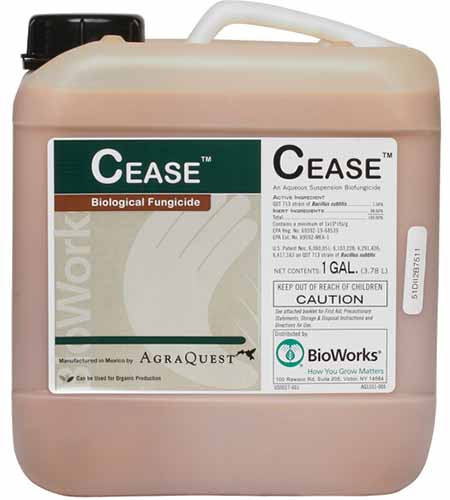
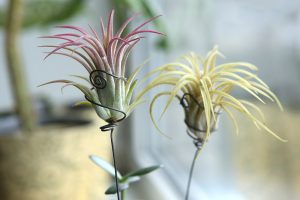

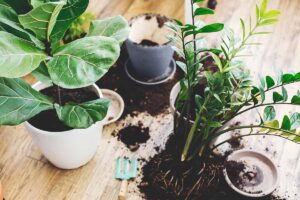
Hi. I just came across your website while searching for resources to care for a struggling false Aralia. It’s new to my home & was dry upon arrival. I’ve watered it and provided a light fertilizer. Wondering if I should prune back empty stems. Maybe to the first node below black part?
Hi Erica, you have good instincts. Prune those black stems back to the first healthy node, and you should encourage new growth and branching. It should recover with proper care.